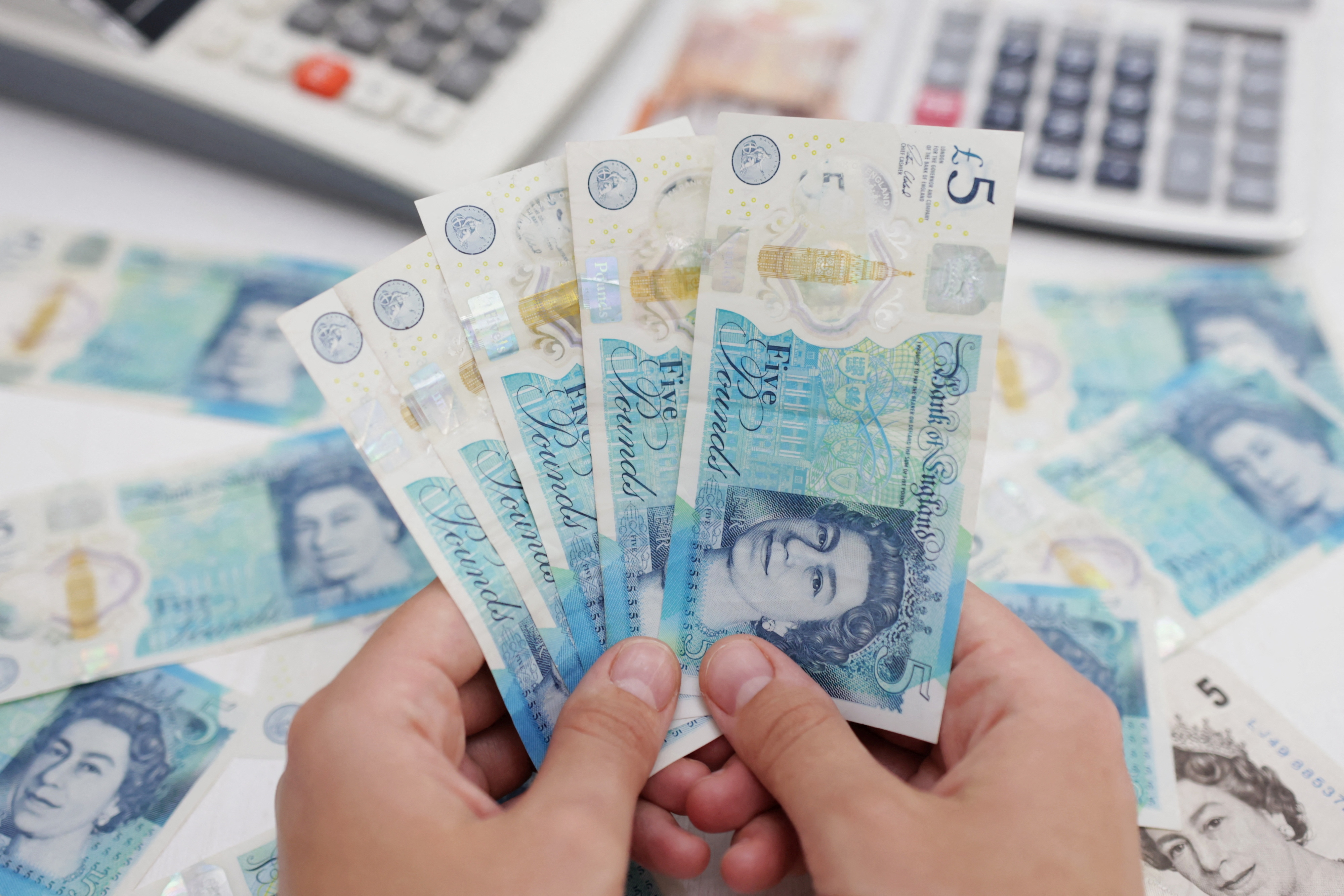Stock markets struggled for direction on Tuesday as they grappled with worries over global growth, following weak Chinese and U.S. economic data that knocked oil prices and commodity-linked currencies.
The dollar briefly hit a one-week high as investors piled back into the safe-haven currency, while the Aussie, euro and Chinese yuan buckled.
Europe's benchmark STOXX index (.STOXX) edged up 0.1% to hit a 10-week high and mark a fifth straight session of gains, led by mining companies as London-listed BHP Group reported strong results.
But S&P 500 futures and Nasdaq futures dipped, indicating a likely weaker direction for U.S. markets when they open later.
MSCI's broadest index of Asia-Pacific shares outside Japan (.MIAPJ0000PUS) dipped 0.1% after gains earlier in the day. MSCI's benchmark index has gained 5% from the year's lows but is still down 15% this year.
Just as investors were taking heart from a four-week rally in global equities that pushed markets to their highest in more than three months, Monday's weak Chinese activity data spanning industrial output and retail sales hit sentiment.
Also, U.S. single-family homebuilders' confidence and New York state factory activity fell in August to their lowest since near the beginning of the COVID-19 pandemic, a further sign the world's largest economy is softening as the Federal Reserve raises interest rates. read more
The picture was mixed across Asian bourses on Tuesday, with Tokyo (.N225) and Taiwan benchmarks flat, while South Korean stocks (.KS11) put on 0.2%.
Chinese stocks gave up early gains as growth concerns remained after data showed economic activity and credit expansion slowed sharply in July, prompting the central bank to unexpectedly cut interest rates.
The blue-chip CSI 300 index (.CSI300) slipped 0.2% after dipping on Monday.
Investors' latest move to the safety of the dollar came after the raft of weak global economic indicators.
The U.S. economy contracted in the first and second quarters, amplifying a debate over whether the country is, or will soon be, in recession.
On Tuesday, the dollar index , which measures the greenback against six major peers, rose as high as 106.62, its strongest since Aug. 8, before last trading little changed at 106.49.
The euro , the most heavily weighted currency in the dollar index, dropped to the weakest since Aug. 5 at $1.0147 before trading little changed at $1.0163.
The Australian and New Zealand dollars were put on the defensive by frail global data.
Brent crude futures fell 0.93% to $94.23 a barrel after slipping on Monday close to their lowest since Russia sent troops into Ukraine on Feb. 24. WTI crude futures shed 0.63% to $88.83 a barrel.
"Commodities prices across the board were under pressure as China's July economic data painted a more downbeat growth picture than previously expected, which prompted renewed concerns on demand outlook," wrote Yeap Jun Rong, market strategist from IG Group. read more
Spot gold dipped slightly to $1,777.54 per ounce as demand for the precious metal was squeezed by the stronger dollar and concerns over future rate increases by the federal reserve.










